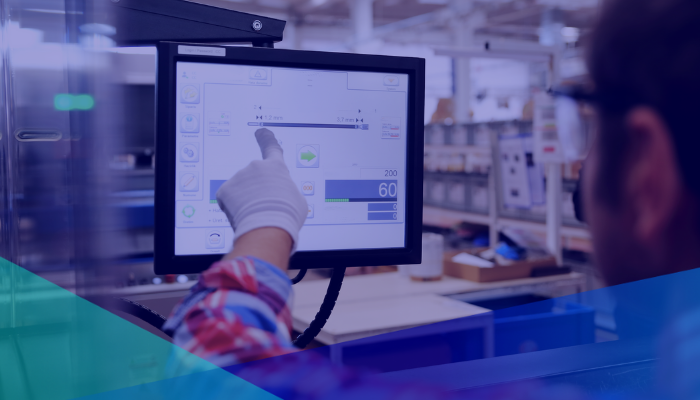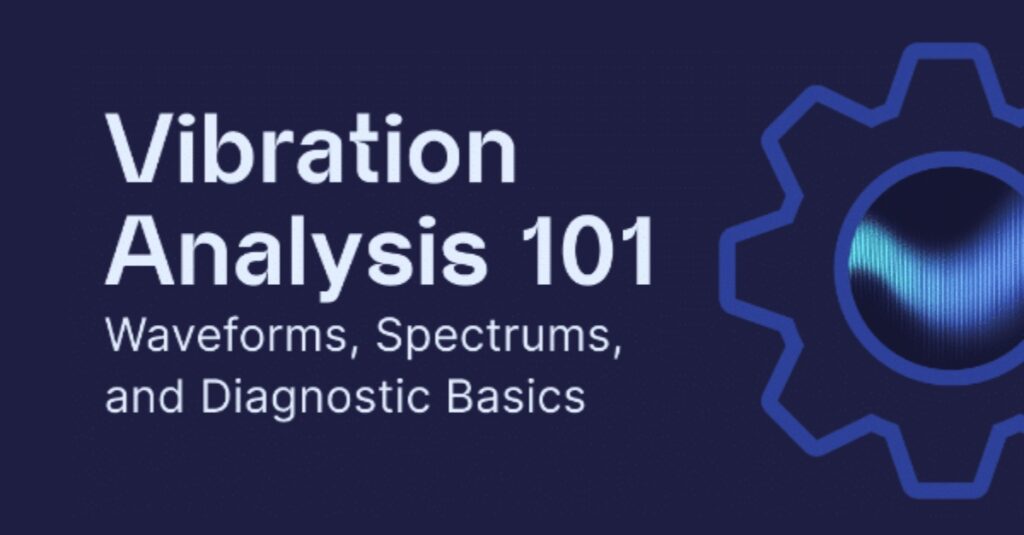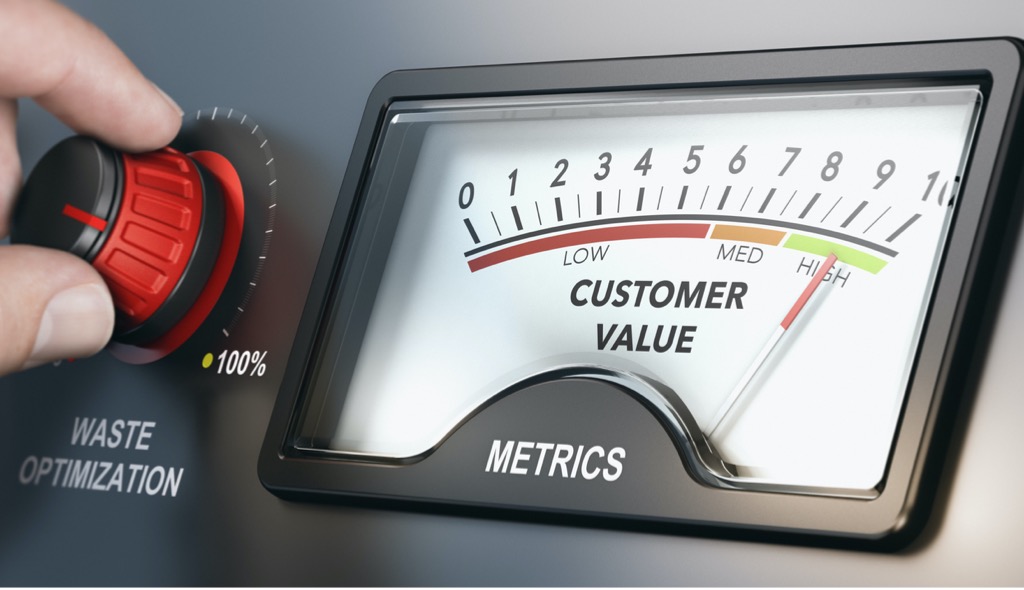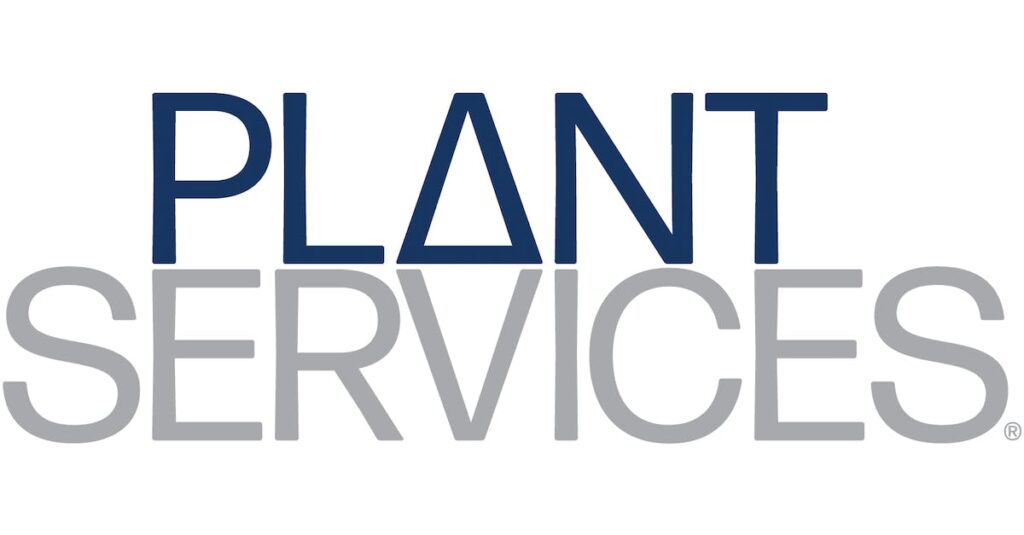
Every manufacturing operation has a production side and a maintenance side. They ostensibly work together to achieve the same goals. In reality, however, they’re often in direct opposition.
Maintenance has a clear objective: maximize overall equipment effectiveness (OEE). On the other hand, production has objectives that shift based on changing quotas or new product specifications. Both sides are equally important, yet production often receives priority even if that means putting extra stress on machines or delaying necessary maintenance.
When deadlines loom, it’s tempting to run the lines faster than to shut them down for recommended preventive maintenance. But that’s a shortsighted way of improving productivity in manufacturing — and one with inevitable consequences. Production and maintenance need a mutual partnership that synthesizes their goals around a common objective. Fortunately, there’s a methodology for precisely that.
The Promise and Pitfalls of Total Productive Maintenance
Total productive maintenance (TPM) makes OEE everyone’s responsibility. Instead of treating production and maintenance as separate and oppositional, TPM gets everyone involved in machine health and positions OEE as critical for hitting quotas and preserving quality assurance standards.
TPM, or bridging the gap between maintenance and production, makes perfect sense. However, the methodology isn’t widespread because many manufacturers still lack data about machine health compared to the amount of data they have about production.
When a major order comes in, for example, they know whether they have enough equipment to meet the quota on schedule, but they don’t know whether those machines can support faster or longer production runs. If they did, manufacturers could adjust production — moving to different production lines or adjusting line speeds — to avoid equipment problems. Instead, they have to gamble on the unknown.
How Machine Health Data Makes TPM a Reality
Augury’s machine health platform fills in the TPM methodology’s missing pieces by bringing real-time visibility into machine health alongside production metrics. Deep machine health insights provide a shared dataset that both production and maintenance operations can center themselves around, and action-oriented alerts spur teams into action.
Augury’s platform builds this central point of focus first with a predictive approach by collecting key machine health metrics, such as vibration, speed, and heat, to trigger alerts when a machine is headed in the wrong direction — and then by offering prescriptive insights on how to fix it.
By going beyond predictive maintenance to offer diagnostics and solutions, we’re uniquely positioned to allow both maintenance and production stakeholders to prioritize and act. The data helps teams jump right into action when necessary. Even if there are no emergent repairs to be made, full machine health visibility allows teams to assess all alerts and pending tasks to prioritize them in order of importance.
What does a machine health data platform look like in action? Get in touch to find out.





